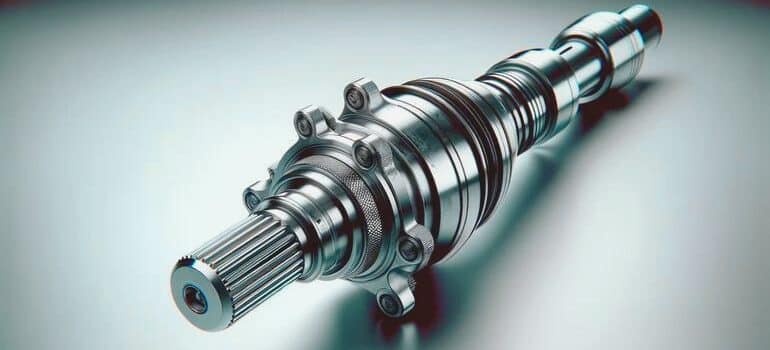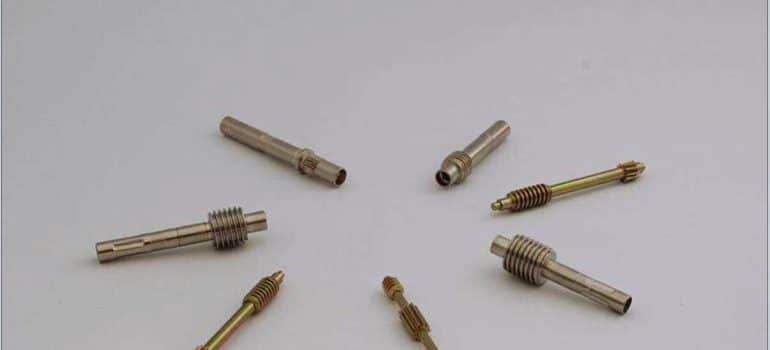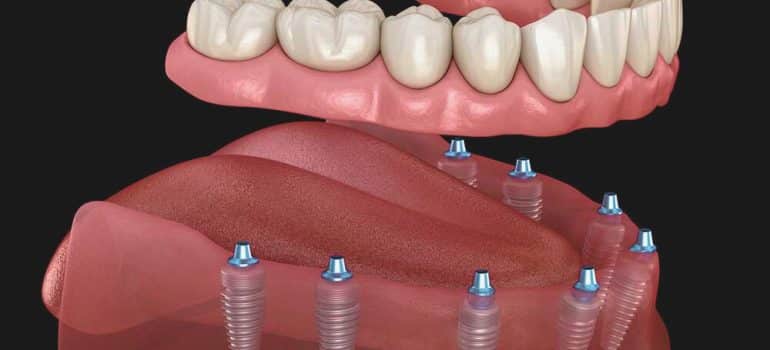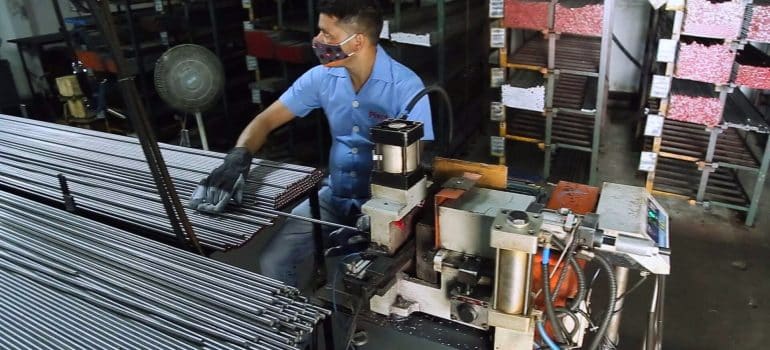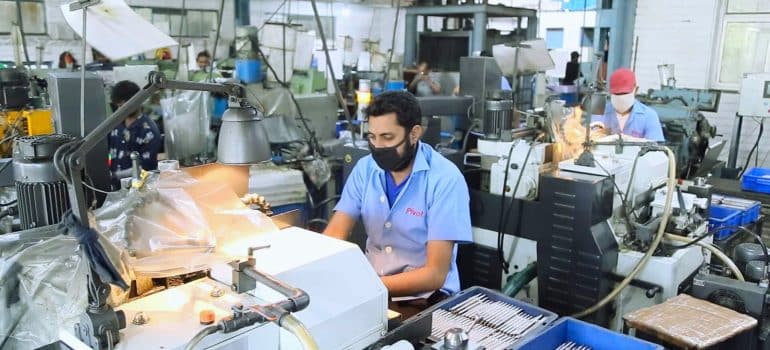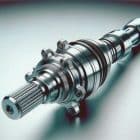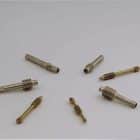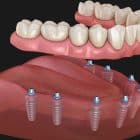What is Driveshaft? Description and Replacement Instructions
Your car is a complex machine, and every component plays a crucial role in keeping you moving safely and efficiently. Among these essential parts is the driveshaft, often referred to as the unsung hero of the drivetrain. But what exactly is a driveshaft and how does it function?
Demystifying the Driveshaft: Transferring Power
The driveshaft is a lengthy, rotating metal tube that transmits rotational power from the transmission or gearbox to the differential. The differential then distributes this power to the wheels, allowing them to spin and propel the vehicle forward. In simpler terms, the driveshaft acts as the bridge between the engine’s power generation and the wheels that translate that power into motion.
Types of Driveshafts: Tailored for Different Needs
Driftshafts come in various designs to suit the specific requirements of different vehicles:
- One-Piece Driveshaft: This is the simplest and most common type, consisting of a single solid metal tube with universal joints at each end. The universal joints allow for slight angular movements between the driveshaft and the transmission and differential, accommodating suspension travel and steering maneuvers.
- Two-Piece Driveshaft: In some larger vehicles, particularly trucks and SUVs, a two-piece driveshaft might be used. This design offers enhanced flexibility and can accommodate a wider range of suspension movements. The two sections are connected by a center bearing and a slip yoke, allowing for some telescopic movement.
- Stub Shaft: This short driveshaft is sometimes used in rear-wheel drive vehicles with independent rear suspension. It connects the differential to a flange on the wheel hub, allowing for independent movement of the wheels.
Understanding Driveshaft Components
A standard driveshaft comprises the following essential elements:
- Tube: The main body of the driveshaft, manufactured from high-strength steel to handle the torque and rotational forces.
- Universal Joints: These joints allow for the driveshaft to rotate at slightly varying angles, accommodating changes in suspension geometry and steering. At their core, they have a cross-shaped piece that allows movement, with tiny needle bearings packed inside for smooth operation.
- Yoke: The yoke connects the driveshaft to the transmission or differential. It has a U-shaped end that fits onto the output shaft of the transmission or the input flange of the differential.
- Center Bearing (Two-Piece Driveshaft Only): This bearing supports the center section of a two-piece driveshaft and helps reduce driveline vibrations.
Signs of a Failing Driveshaft:
A failing drive shaft can cause a variety of symptoms, making it important to be aware of the warning signs:
- Vibrations: A typical sign is a noticeable shaking sensation that can be felt across the vehicle, often becoming more pronounced at higher speeds. This vibration is caused by an imbalance in the driveshaft, which can be due to a bent tube, worn universal joints, or a failing center bearing (in two-piece driveshafts).
- Clunking Noises: Clunking or clunking sounds, particularly when accelerating from a stop or shifting gears, can indicate worn universal joints or a loose connection between the driveshaft and the transmission or differential.
- Difficulty Shifting: In some cases, a failing drive shaft can cause difficulty shifting gears or a feeling of the transmission slipping.
Maintaining Your Driveshaft:
While driveshafts are generally durable components, proper maintenance can extend their lifespan as well as prevent costly repairs. Here are some key maintenance tips:
- Visual Inspection: Regularly inspect the driveshaft for any signs of damage, such as dents, cracks, or rust. Look for any excessive movement in the universal joints or leaks around the center bearing (if applicable).
- Lubrication: Certain universal joints need regular greasing. Refer to your vehicle’s owner’s manual for exact advice on lubrication intervals and the types of grease recommended.
- Avoid Excessive Strain: Avoid putting excessive strain on the drivetrain by towing heavy loads or engaging in aggressive driving maneuvers.
Replacing a Driveshaft:
If your driveshaft is failing, replacing it is generally the advised course of action. Replacing a driveshaft can be a complex task and is best left to a qualified mechanic.However, grasping the procedure could be beneficial.
- Safety First: Park your vehicle on a level surface and ensure the parking brake is engaged. Chock the wheels for added safety.
- Disconnecting the Driveshaft: The mechanic will disconnect the driveshaft from the transmission and differential. This might involve removing bolts, yokes as well as possibly the exhaust system for better access.
- Removing the Old Driveshaft: Once disconnected, the old driveshaft can be removed.
- Installing the New Driveshaft: The new driveshaft will be carefully positioned and secured to the transmission and differential using the appropriate bolts and yokes.
- Balancing the Act: Ensuring Smooth Operation After Replacement: A crucial step after installing the new driveshaft is balancing. An unbalanced driveshaft can cause significant vibrations, not only leading to discomfort but also potentially damaging other drivetrain components. Balancing is typically performed using a specialized machine that spins the driveshaft and detects any imbalances. Weights are then added to the appropriate locations on the driveshaft to counteract any imbalances and ensure smooth rotation.
- Reassembly and Test Drive: Once balanced, the mechanic will reassemble any removed components, such as the exhaust system. Finally, they will perform a test drive to ensure the new driveshaft is functioning properly and there are no vibrations or unusual noises.
Conclusion:
The driveshaft, though often unseen and unappreciated, plays a vital role in keeping your car moving. By understanding its function, recognizing the signs of wear and practicing proper maintenance, you can ensure your driveshaft operates smoothly and efficiently for years to come. If you suspect a failing driveshaft, don’t hesitate to consult a qualified mechanic for a proper diagnosis as well as replacement if necessary. Keep in mind that maintaining the driveshaft ensures a safer and more enjoyable driving experience. For more informative blogs, Keep up with Pivot Fabrique.


